670-million light years away! NASA Hubble Space Telescope snaps stunning galaxy merger
NASA has shared a stunning image of merging galaxies captured by the Hubble Telescope.
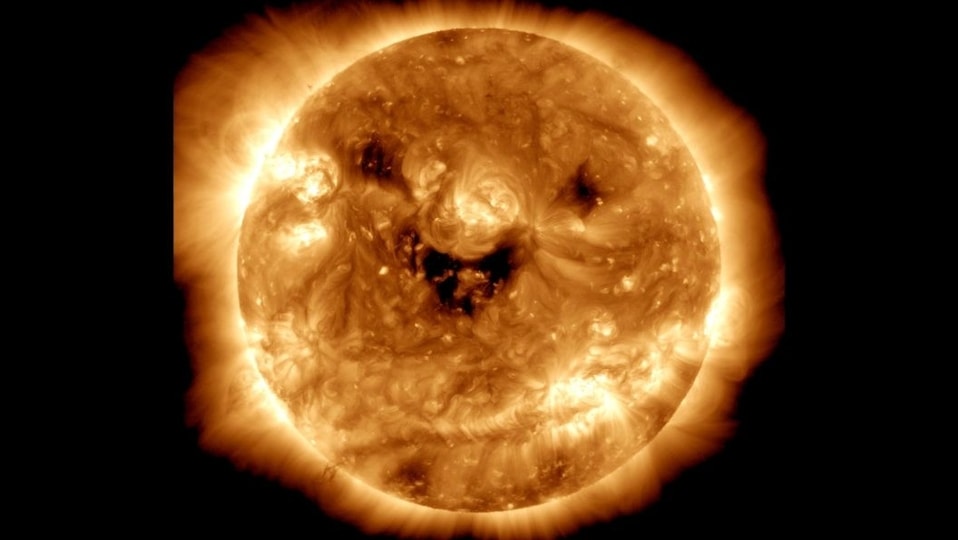
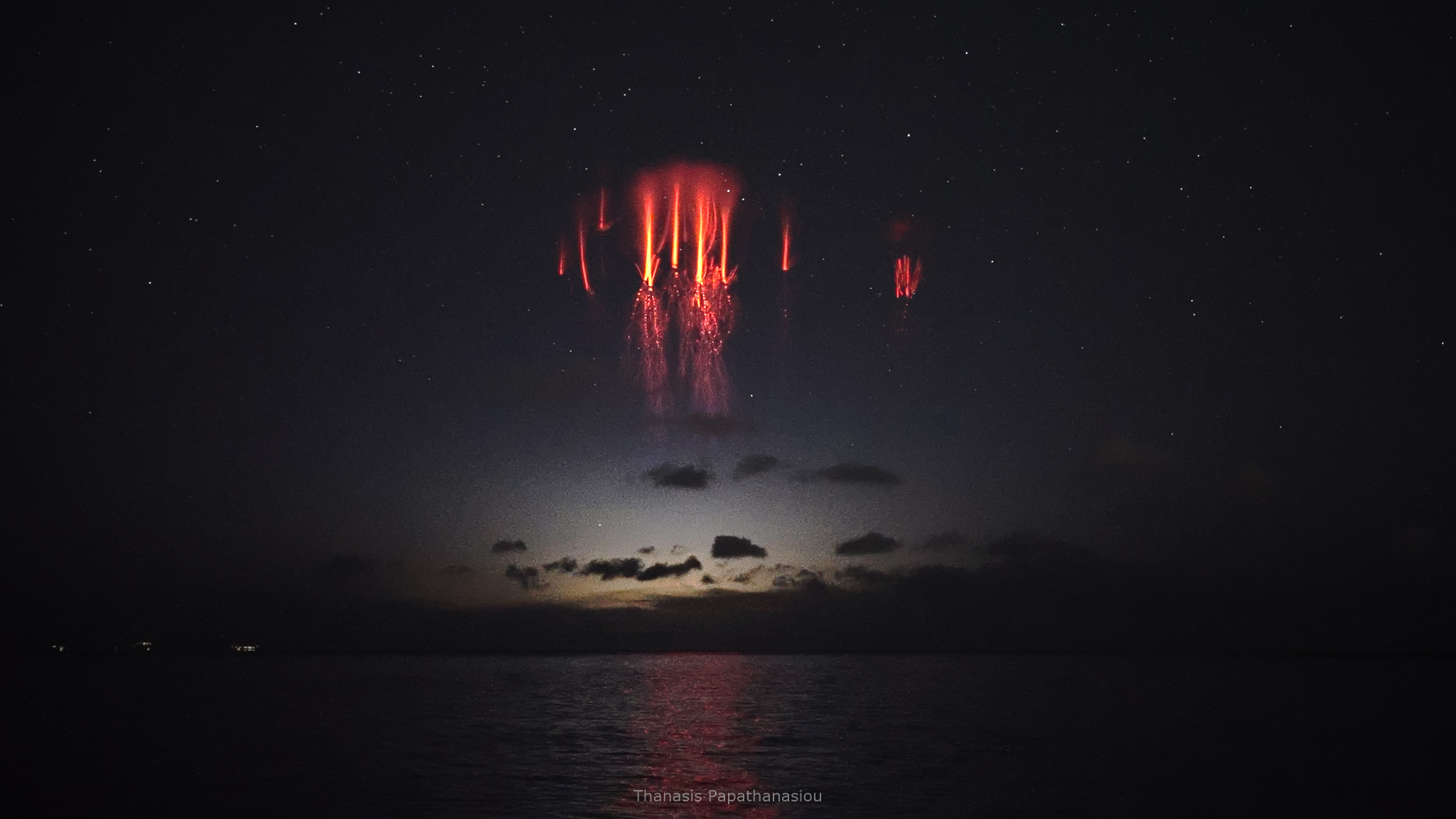
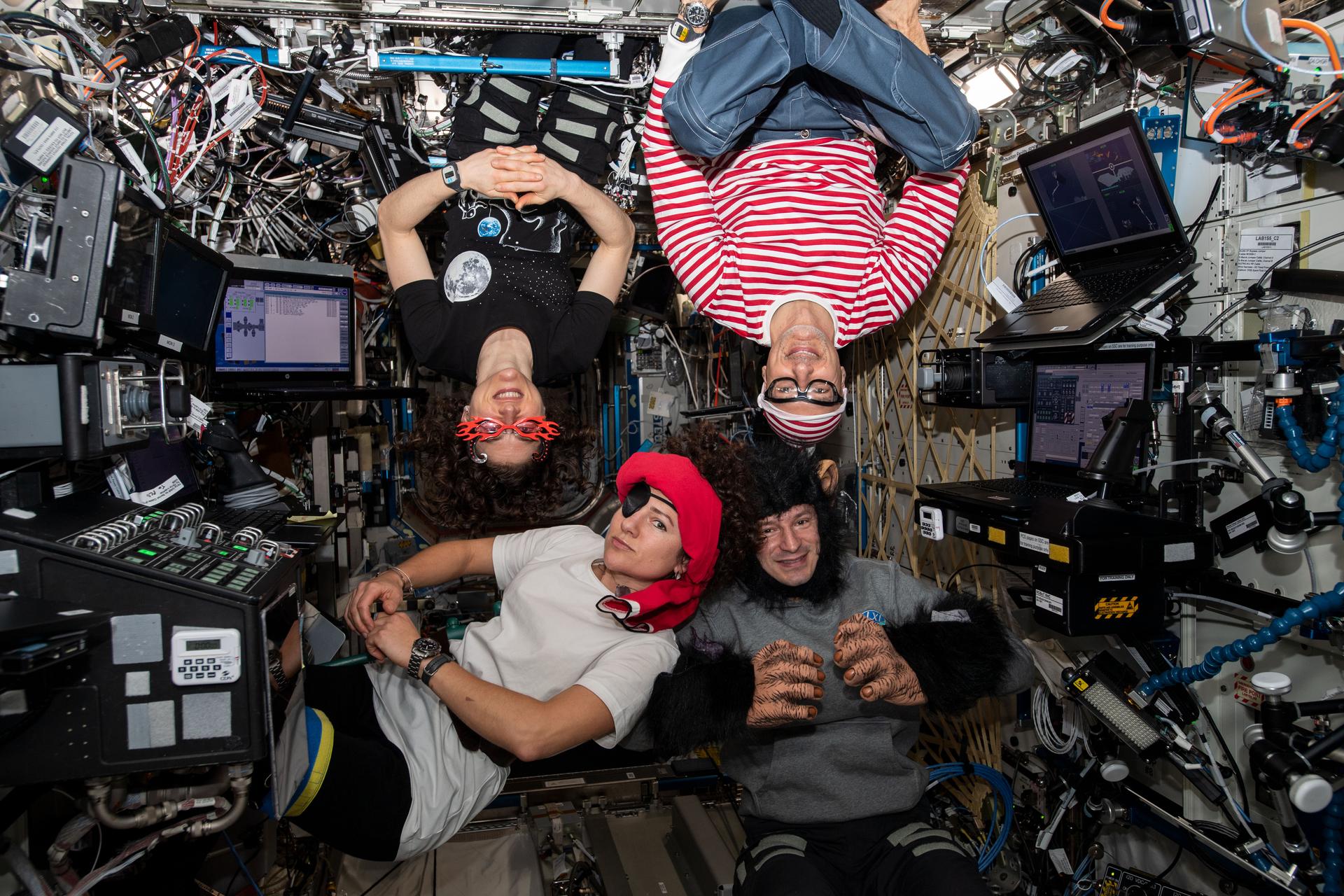
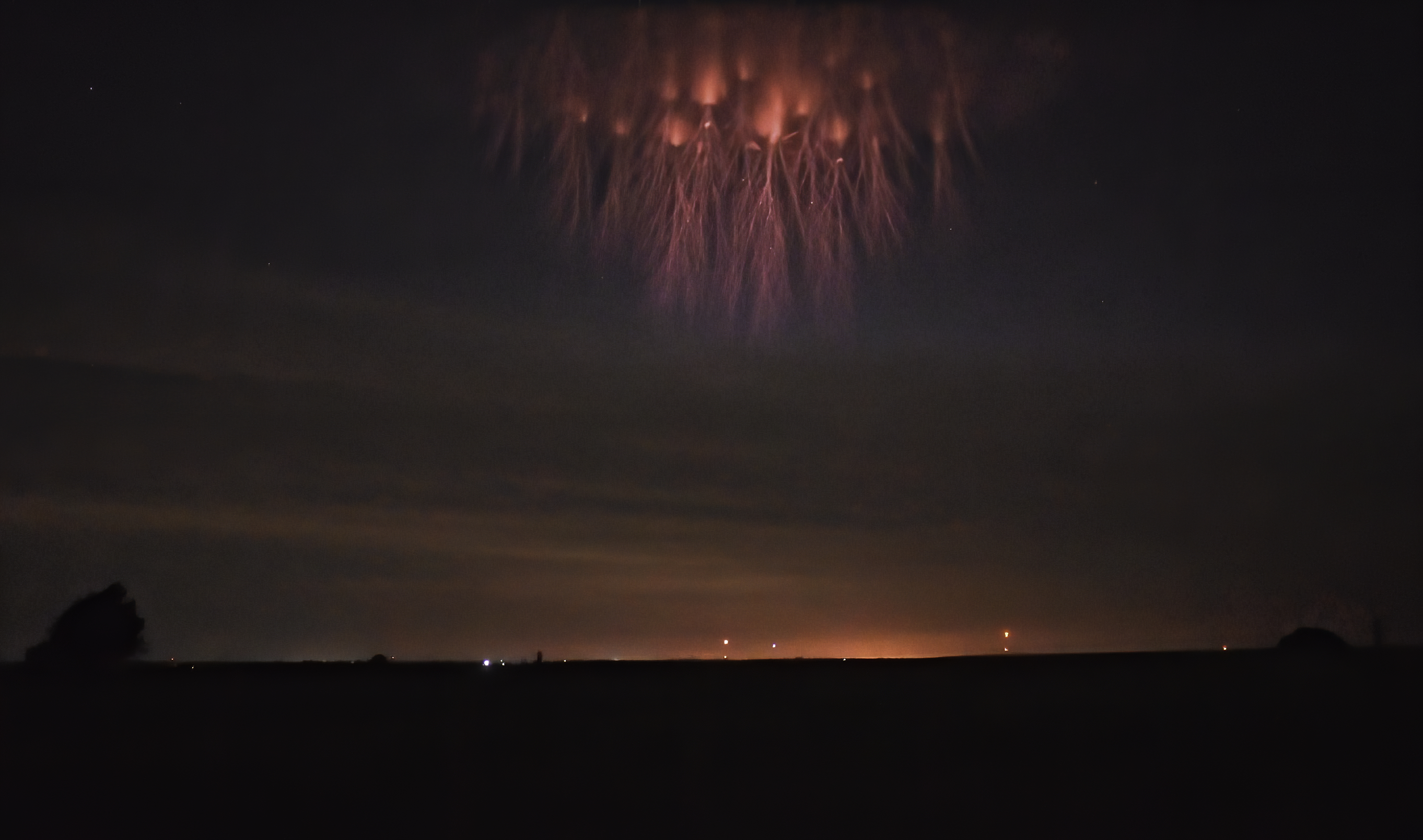
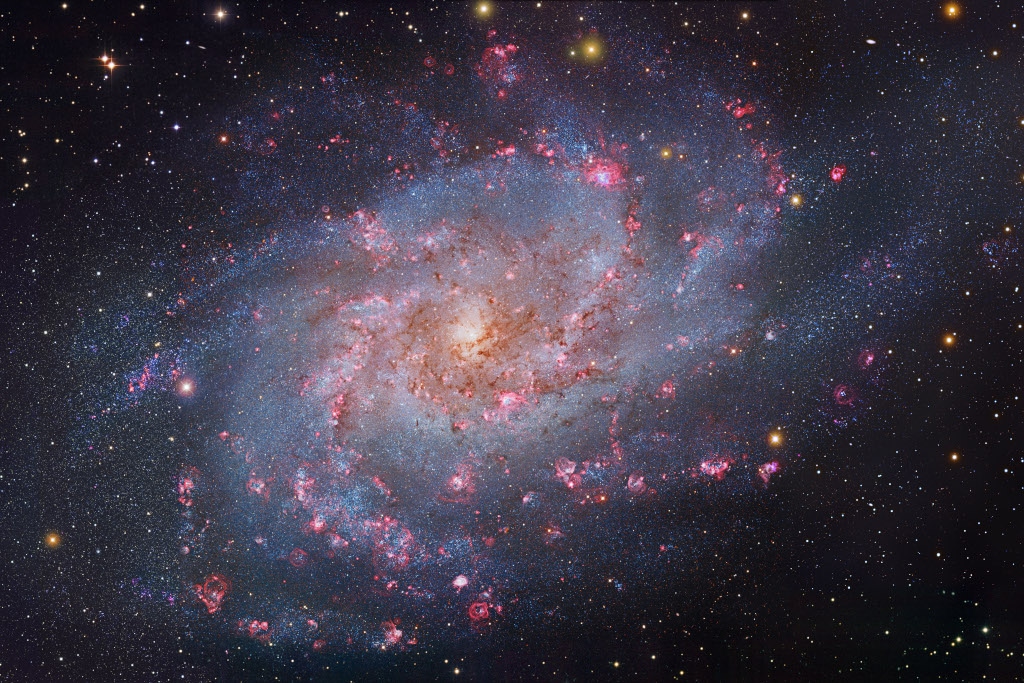

 View all Images
View all ImagesNASA's old faithful flying observatory, the Hubble Space Telescope never lets a chance go abegging when it comes to surprising everyone with its uncomonly rare and exciting discoveries. Yet again, the National Aeronautics and Space Administration (NASA) has shared a breathtaking glimpse of a rare merger of two galaxies taken by the Hubble Telescope. Thanks to the amazing capabilities of the more than 30-year old Hubble Telescope, which witnessed this unusual phenomenon the world has got the chance to grab a glimpse of a rare galaxy out there in space. NASA revealed that the stunning photo depicts the Galaxy merger Arp-Madore 417-391.
While sharing details about this Galaxy merger, NASA says, “The Arp-Madore catalog is a collection of particularly peculiar galaxies spread throughout the southern sky, and includes a collection of subtly interacting galaxies as well as more spectacular colliding galaxies.” This amalgamation of two galaxies sits around 670-million light years away in the constellation Eridanus in the southern celestial hemisphere.
How did these two galaxies merge? The space agency says that these galaxies were distorted amazingly by gravity and then twisted into a colossal ring while miraculously leaving their cores nestled side by side!
Tech on the Hubble Telescope that captured this rare Galaxy merger
To capture this astonishing view, Hubble used its special instrument named Advanced Camera for Surveys (ACS), which is optimized to hunt for galaxies and galaxy clusters in the early universe. Hubble's ACS instrument has been a constant contributor to uncovering several scientific discoveries for the last 20 years. During its journey, Hubble's ACS has been involved in mapping the distribution of dark matter to studying the evolution of galaxy clusters.
“This image comes from a selection of Hubble observations designed to create a list of intriguing targets for follow-up observations with the NASA, ESA, and CSA James Webb Space Telescope, as well as other ground-based telescopes,” NASA said in a blog post.
Did you know?
NASA Hubble Space Telescope, a technological marvel of its time, was launched and deployed by the space shuttle Discovery in 1990. It has made more than 1.5 million observations over the course of its lifetime! More surprisingly, NASA has revealed that the Hubble Telescope was designed to last roughly 15 years when it was launched in 1990. The Hubble Space Telescope has undergone five successful astronaut servicing missions, and as a result, the telescope's technology has been modified and improved, "and the telescope remains scientifically productive to this day."
Catch all the Latest Tech News, Mobile News, Laptop News, Gaming news, Wearables News , How To News, also keep up with us on Whatsapp channel,Twitter, Facebook, Google News, and Instagram. For our latest videos, subscribe to our YouTube channel.





























